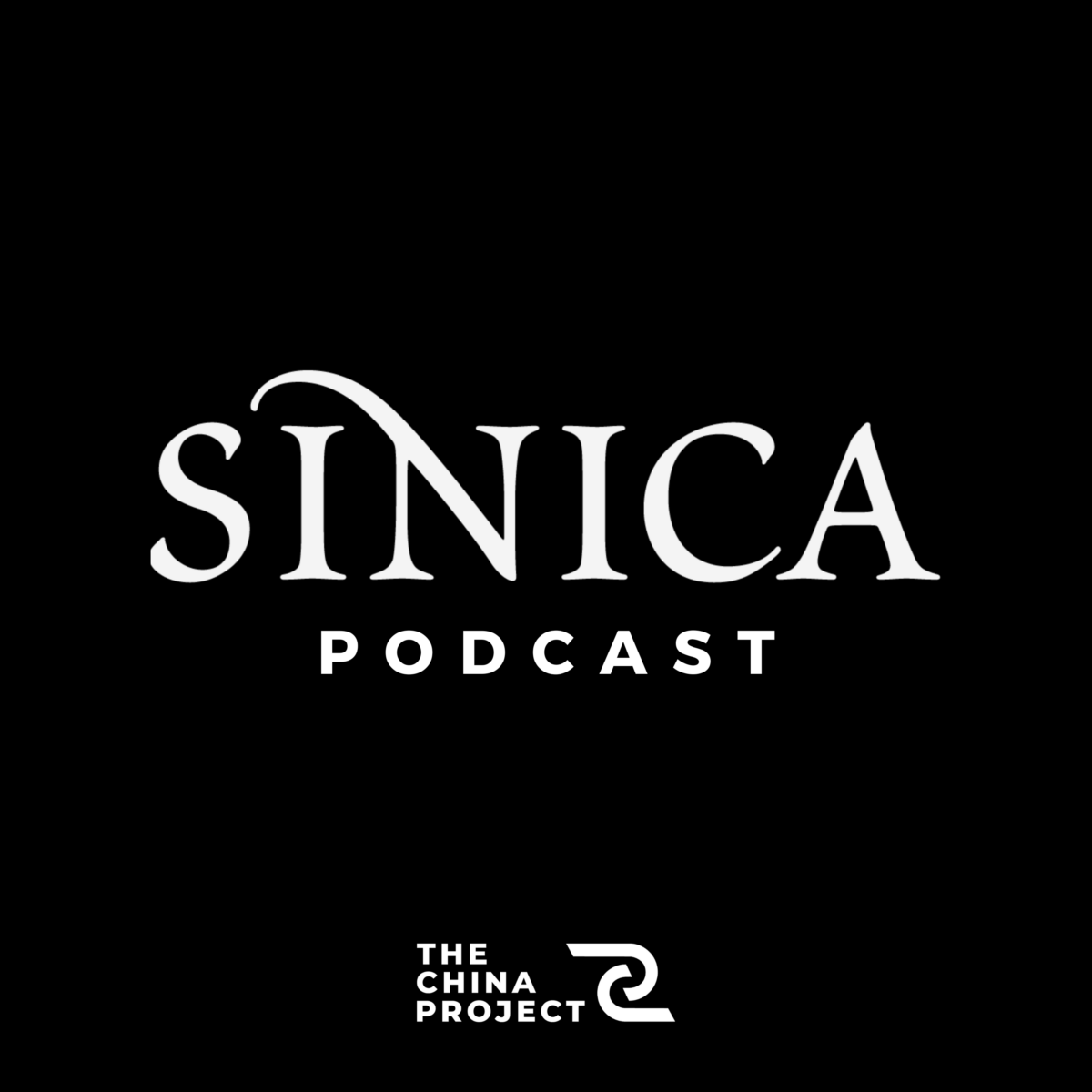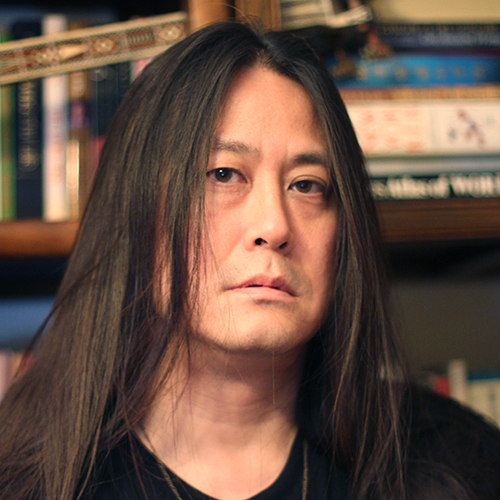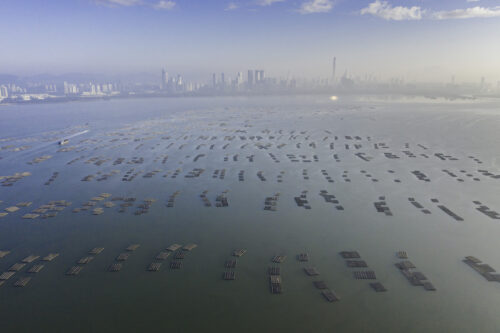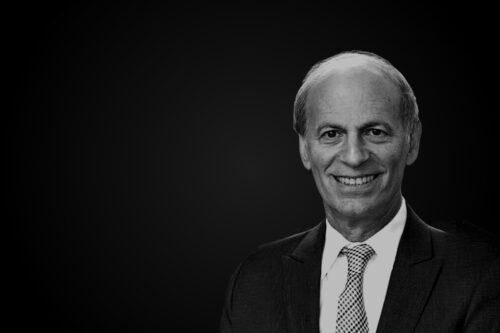Is the ongoing anti-corruption drive a sincere effort to root out official wrongdoing? Or is it a political purge of the enemies of Xí Jìnpíng 习近平? These questions have been hotly debated since the outset of the campaign in 2013. Now Peter Lorentzen of the University of San Francisco and Xi Lu of the National University of Singapore have harnessed data to examine the anti-corruption drive in the hopes of settling the question. Kaiser sat down with Peter on the sidelines of the recent Association for Asian Studies Conference to talk about the findings in their paper, “Personal Ties, Meritocracy, and China’s Anti-Corruption Campaign.”
What to listen for on this week’s Sinica Podcast:
22:57: Of the many officials that have been purged since 2012, “three big tigers” in particular stand out: Sū Róng 苏荣, Líng Jìhuà 令计划, and Zhōu Yǒngkāng 周永康. Of the provinces Xi Lu and Peter analyzed, economic performance was a large contributing factor for official promotion except for Jiangxi, Shanxi, and Sichuan. Here, Peter provides background on these three officials, their downfall, and the “tiger territories” they previously oversaw.
30:34: In 2012, Bó Xīlái 薄熙来 was considered one of the main contenders to challenge Xi Jinping’s ascent to power. His association with the murder of a British businessman, Neil Heywood, reportedly ordered by his wife, brought a swift end to his political success. However, Peter was surprised by what he found regarding his political network in the aftermath: “If you rank people using the Google PageRank algorithm, you find Bo Xilai was below 20th. What that means, in practice, is that in our data there were not many people reported as being his cronies who were subordinate to him compared to a lot of other people.”
32:42: What does the inability of Politburo Standing Committee members to protect their personal networks say about the current political climate in China? Peter: “Even when you clump all other six Politburo [Standing Committee] members together, we didn’t see a sort of protective effect. Their associates, people we believed to be connected with them, were just as likely to go down as anyone else. So the question is: Why were they not able to protect their people?… This is not something we can observe directly in our data, but my sense is that it does show the demise of the collective leadership, first-among-equals approach.”
39:26: How many people have been subject to the corruption crackdown? Peter studied those who were investigated, whose names were published in reports by the Central Commission for Discipline Inspection by 2015. “We’re looking at the first wave of the crackdown, but that was just a thousand people [whose names we could get]. I was looking at some estimates last night, and I think people are saying that the total number as of the end of last year was 20,000 to 30,000 people overall. And you know, they’re not all people who looked wrong at Xi Jinping some day. So it’s pretty clear that he’s got to have some other way of deciding who goes down.”
Recommendations:
Peter: Two sitcoms, Speechless (available on ABC) and Kim’s Convenience (available on Netflix).
Kaiser: Two playlists on Spotify, “Instrumental Madness” and “Got Djent?”
This podcast was edited and produced by Kaiser Kuo and Jason MacRonald.








